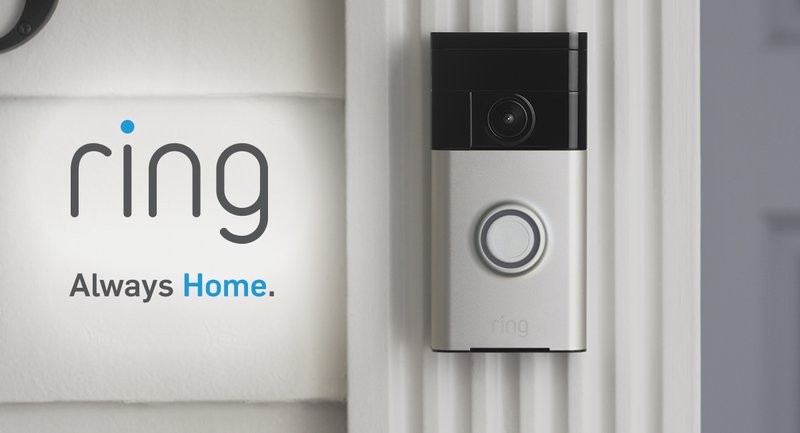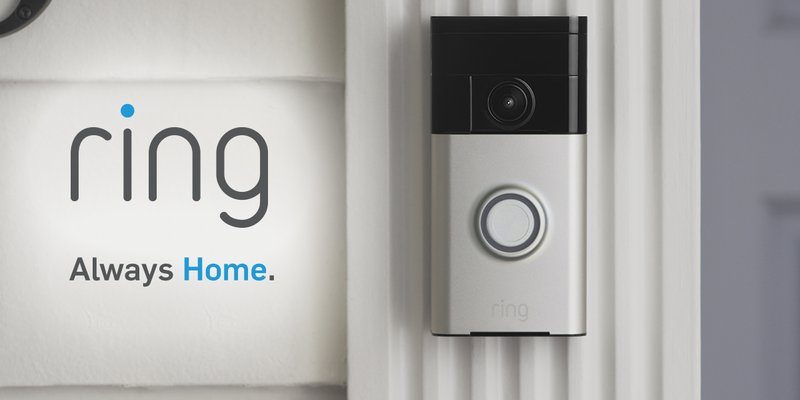
Think of the warranty as a promise Ring makes—not unlike a handshake—that if your device acts up due to manufacturer issues, they’ll step in to make it right. But here’s the thing: warranties aren’t always one-size-fits-all, and understanding the details can save you a lot of headaches down the line. Let me explain how it works and what you can expect from the Ring warranty.
What Exactly Is Covered Under the Ring Warranty?
When you buy a Ring device—maybe a video doorbell, security camera, or alarm sensor—the company offers a standard limited warranty. This warranty primarily covers defects in materials or workmanship under *normal use*. Honestly, that means if your device suddenly stops working due to something the manufacturer messed up, Ring will fix it or replace it for you.
But don’t confuse this with accidental damage, like if your Ring camera takes a dive off your porch or gets soaked in a rainstorm it wasn’t supposed to be exposed to. Those situations usually don’t count. The warranty is a bit like an insurance policy for the “boring” stuff—failure caused by defective parts or faulty assembly—not mishaps or wear and tear.
Here’s what’s generally covered under the warranty:
- Hardware defects impacting device operation
- Failures related to power or connectivity components
- Issues with built-in sensors, including motion or light sensors
- Included accessories that come with the device, such as mounting brackets
If your device’s problem falls into one of these categories, you’re probably in good shape.
How Long Does the Ring Warranty Last?
The warranty period is a key piece of the puzzle. For most Ring devices, the warranty lasts **one year** from the date you purchase the product. That means you have a full 12 months to notice any manufacturer defects and get help without extra cost.
You might be wondering: *”Why only one year? Isn’t that short?”* Well, it’s pretty standard for consumer electronics. Ring trusts their quality but also expects normal wear and environmental factors to play a role after a while. After all, smart home devices live in variable environments—sun, rain, temperatures—that can take their toll independently from how the manufacturer made the device.
If you keep your purchase receipt or order confirmation, that’s your reference point for when the warranty starts. Without that, claiming warranty service may get tricky.
What Is NOT Covered by the Ring Warranty?
This is an important section because warranties can sound comprehensive, but there are limits. The Ring warranty doesn’t cover everything, and knowing these exceptions helps you avoid surprises.
Here’s what typically falls outside the warranty:
- Accidental Damage: Dropping your device, water damage beyond specifications, or physical impacts aren’t covered.
- Normal Wear and Tear: Batteries that lose charge over time or cosmetic scratches don’t count as defects.
- Unauthorized Repairs or Modifications: If you try to open the device or fix it yourself (or through unofficial channels), you risk voiding the warranty.
- Loss or Theft: The warranty doesn’t replace stolen devices.
Think of it as a way for Ring to cover their mistakes, but not every mishap that happens after you’ve taken your new gadget home.
How to Claim Warranty Service for Your Ring Device
If you come across a problem that seems like a warranty issue, don’t panic. Here’s a simple step-by-step on how to get that handled without fuss:
- Gather Your Info: Find your original receipt or proof of purchase—this is your ticket to warranty service.
- Check the Issue: Does the problem seem like a manufacturer defect? Try troubleshooting first—reset, sync, or pair the device again. For example, sometimes a simple reset fixes connectivity issues.
- Contact Ring Support: You can reach out online or by phone. Explain your issue clearly and mention your purchase date.
- Follow Their Directions: Ring might ask you to run some tests or send photos. If your device qualifies, they’ll issue a replacement or repair instructions.
Here’s a little tip: keep your Ring app updated and linked with your device. Sometimes support teams need remote logs or status info to diagnose the problem faster. It’s a bit like giving your doctor your medical history before diagnosis.
Extended Warranty and Protection Plans: What Are Your Options?
Since the standard warranty is only a year, some users look for extra peace of mind. Ring offers additional protection plans called “Ring Protect Plus” or similar, depending on your region. These plans can cover things like accidental damage or extend your coverage period.
With an extended plan, you might be able to swap out devices that get broken due to user error or other incidents that the basic warranty wouldn’t cover. It’s kind of like buying a safety net upgrade—if you’re worried about mishaps or have high-traffic areas around your home, it could be worth considering.
Of course, these plans cost extra monthly or yearly fees and usually come with terms of their own, so reading the fine print is key.
Why Understanding Your Device’s Warranty Matters
You might think, *”I’ll figure it out if something breaks,”* but honestly, knowing exactly what your Ring smart home devices warranty covers can save you time and money. It’s like reading the map before a road trip instead of getting lost halfway.
If you experience an issue, you won’t waste hours guessing if you’re covered or trying random fixes that might void your warranty. Plus, having this clarity helps you decide if you want to buy extra protection or just rely on the standard one-year coverage.
Remember, your Ring gadgets are part of your home’s safety system, so ensuring they’re working and protected is a smart move.
Comparing Ring’s Warranty to Other Smart Home Brands
If you’re shopping around, you might ask: *”How does Ring’s warranty stack up against other brands?”* In general, many smart home device makers stick to a similar one-year limited warranty, but there are some differences.
For example, some brands offer longer warranties or cover more types of damage by default. Others provide more comprehensive customer support or easier replacement processes.
Here’s a quick comparison to give you perspective:
| Brand | Warranty Length | Coverage Highlights |
|---|---|---|
| Ring | 1 Year | Manufacturing defects; accessories included; excludes accidental damage |
| Nest (Google) | 2 Years | Manufacturing defects; some models include longer coverage; accidental damage usually excluded |
| Arlo | 1-2 Years (depends on model) | Manufacturing defects; optional extended plans; accidental damage usually excluded |
While Ring doesn’t offer the longest warranty out there, its comprehensive support and integration with the Ring app often make the user experience feel smooth and straightforward when dealing with issues.
Wrapping It Up: What You Really Need to Know
So, what does the Ring smart home devices warranty cover? It’s mainly a safeguard against manufacturer defects for one year after purchase. That means if your device fails because of how it was made or assembled, Ring will help fix it or replace it. But it doesn’t cover accidents, wear and tear, or user-made changes.
Honestly, it’s a pretty standard warranty—but knowing the details makes you a smarter buyer and user. If something goes wrong, don’t jump straight to frustration. Check your coverage, try a simple reset or sync, and then reach out to Ring support with your purchase info ready.
And if you’re a bit clumsy or just want that extra cushion, consider Ring’s protection plans for extended coverage. At the end of the day, your smart home devices should protect you, and knowing your warranty covers you makes that protection feel a bit more solid.
Now, next time you’re setting up your Ring doorbell or camera, you can relax knowing you aren’t alone in handling whatever tech hiccups might pop up.
